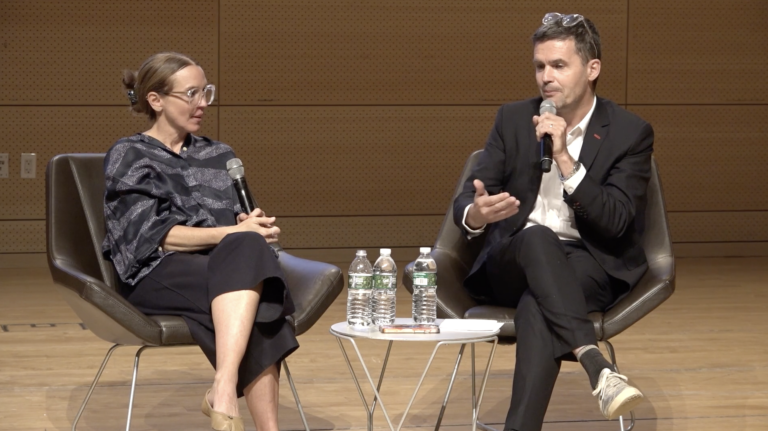The annual Ratensky Lecture was initiated by the AIANY Housing Committee in honor of Samuel Ratensky (1910-1972), an architect and NYC housing official who was responsible for major housing initiatives in the city from 1946 to 1972, and who served as a mentor to many architects who worked in his programs. The lecture series honors individuals who, like Samuel Ratensky, have made significant lifetime contribution to the advancement of housing and community design.
This year, the AIANY Housing Committee will be honoring James McCullar, FAIA, who is the recipient of the 2019 AIA Thomas Jefferson Award for Public Architecture. McCullar is the founding principal of James McCullar Architecture, and has dedicated his professional life to the advancement of housing and community design through his professional work, service in the AIA, and advocacy for sustainable urbanization in making cities better places to live. His work has been recognized by numerous awards. As 2008 AIANY President, he led the chapter’s support for Mayor Bloomberg’s PlaNYC2030 and co-founded the Consortium for Sustainable Urbanization, which promotes collaboration between UN-Habitat, AIANY, and allied organizations. McCullar grew up in south Texas and holds degrees from Rice and Columbia Universities; he received a Fulbright Fellowship for Urban Design in Paris.
From Ratensky to the Present: The Rise, Collapse, and Rebirth of Housing and Community Design
McCullar will look back from the heroic aspirations for housing and community design of the 1960s Ratensky era, represented by Mayor Lindsay, Governor Rockefeller, and the Urban Development Corporation (UDC), to the traumatic fiscal and demographic collapse of 1970s and its subsequent rebuilding over four decades. McCullar will present a range of publicly supported housing and community designs that illustrate the transition from the 1960s to the present, with a focus on public housing balanced with an advocacy for housing design and sustainable planning within the AIA and the Consortium for Sustainable Urbanization (CSU). These interventions, together with the collective efforts of the housing community, have contributed to the revitalization of city neighborhoods, with the addition of a million and a half new residents for the vibrant city we know today. Yet in spite of this success, much remains to be done to address the challenges of social equity, climate change and the New Green Deal that will transform the way we live.
James McCullar, FAIA, Founding Principal, James McCullar Architecture



